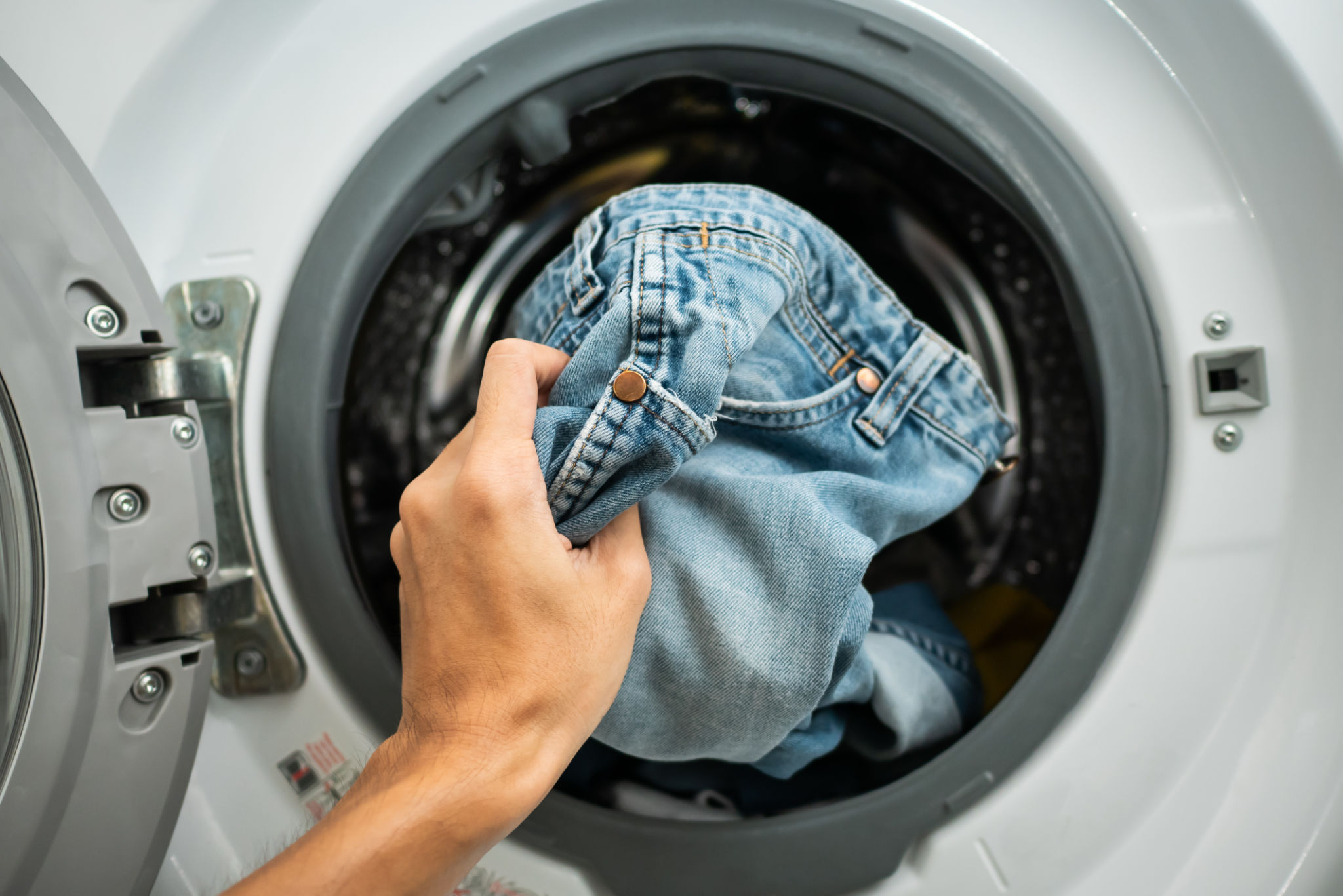DIY Troubleshooting for Common Garment Machinery Problems
Introduction to Garment Machinery Troubleshooting
Garment machinery is crucial in the textile industry, but like all machines, they can sometimes face issues. Understanding basic troubleshooting techniques can help you maintain efficiency and reduce downtime. This guide offers DIY solutions for some common problems you might encounter with garment machinery.

Identifying Common Mechanical Issues
One of the most prevalent issues in garment machinery is mechanical failure. This can result from wear and tear or improper maintenance. Regular inspection is essential to identify potential problems early. Look out for unusual noises, vibrations, or any changes in machine performance, as these can be indicators of mechanical issues.
When dealing with mechanical problems, it's important to disconnect power before inspecting the machine. Check for loose screws, worn-out belts, or misaligned parts. Tightening screws and replacing worn parts can often resolve these issues.
Handling Electrical Problems
Electrical issues can be daunting, but many are straightforward to fix. If your machine fails to start, check the power supply first. Ensure that all cables are securely connected and that there are no visible signs of damage.

If the power supply seems fine, examine the fuse box. A blown fuse is a common cause of electrical problems. Replace any blown fuses with ones of the same rating to restore functionality. Additionally, check the machine's control panel for error codes that might indicate specific problems.
Dealing with Tension and Stitching Problems
Tension and stitching issues can lead to poor quality garments. If you're experiencing uneven stitching or thread breakage, it might be due to incorrect tension settings. Consult your machine's manual for the correct tension settings for different fabrics.
Ensure that the threads are properly threaded through the machine's components. Misthreading is a common cause of stitching problems. Regularly clean the machine to remove lint and debris that can affect its performance.

Maintaining Your Machine for Longevity
Preventive maintenance is key to extending the life of your garment machinery. Regularly lubricate moving parts to reduce friction and wear. Follow a maintenance schedule as recommended by the manufacturer to keep your machine in optimal condition.
- Clean the machine after each use.
- Replace needles regularly.
- Store in a dust-free environment.
By incorporating these practices, you'll minimize the likelihood of machine downtime and ensure a smooth operation.
Conclusion
Troubleshooting garment machinery doesn't have to be a daunting task. By understanding common issues and implementing regular maintenance practices, you can address problems swiftly and effectively. Remember, when in doubt, consulting a professional is always a wise decision to avoid further damage.
